Water scarcity, rising costs, and tighter profit margins are redefining irrigation management across American agriculture. Drought conditions throughout the country have made efficient water use critical, while growers face mounting pressure from regulators and consumers to to use less. The challenge is clear: maximize yields while optimizing while minimizing water use.
Traditional irrigation management demanded constant field presence: physically checking pumps, adjusting valves, and monitoring pivot systems based on experience and broad weather forecasts. This hands-on approach consumed valuable labor, delayed responses to changing conditions, and often resulted in over-or under-watering.
Remote irrigation management solves these challenges by connecting pivots and pumps to smart platforms, enabling growers to monitor systems and make data-driven decisions from anywhere, at any time. This technology delivers three critical advantages: significant time and labor savings, precision water application based on real-time field data, and improved system reliability that protects yields and reduces costs.
Technical Importance & Scientific Foundation
Irrigation efficiency is not just about convenience; it is about aligning water delivery with the biological and environmental processes that drive crop growth and development. One of the most critical measures is evapotranspiration (ET), which combines soil evaporation and plant transpiration to indicate the total water use of a field.
Most irrigation systems rely on estimated ET data from regional weather stations or models. While useful, these estimates often lack field-specific accuracy. That is where Reinke Direct ET™ by CropX® changes the game. CropX technology measures actual evapotranspiration (ETa), delivering real-time insights from the grower's own field. ETa reflects what crops are actually using, not what they are predicted to use, providing a sharper and more reliable basis for irrigation scheduling.
A 2023 University of Tennessee study using soil moisture sensors showed that optimized irrigation scheduling could boost corn yields by up to 13% and enhance water efficiency while reducing costs (Sheldon et al., 2023).
In addition to ETa, remote platforms integrate soil moisture data, localized weather conditions, and system status updates. Together, these inputs provide a full picture of crop water demand and irrigation performance. Research consistently shows that integrating soil moisture sensors with ET data can improve water-use efficiency by 15-25% while maintaining or even improving yields (University of California Agriculture & Natural Resources, 2020). By incorporating these data streams into ReinCloud®, Reinke ensures growers can manage pivots with both precision and confidence.
Remote management is not simply a technological add-on; it is a practical application of decades of irrigation research. The science shows that field-specific, data-driven scheduling reduces waste, saves money, and improves crop outcomes. Reinke's partnership with CropX brings this research to growers in real-time, closing the gap between academic findings and on-farm results.
Product or Practice Highlights
ReinCloud® - Remote Irrigation Management
At the core of Reinke's remote management solutions is ReinCloud®, a web-based platform that connects growers to their irrigation systems at anytime and from any place. ReinCloud provides a single dashboard view where operators can see system status, receive alerts, and make operational decisions in real time.
Instead of driving miles to the field to verify whether a pivot is running, a grower can log into ReinCloud, confirm status instantly, and take corrective action if necessary. The platform's interface is designed to be intuitive, allowing quick responses such as stopping a system during a weather event or adjusting irrigation schedules mid-season based on changing crop needs. Studies from university extension programs show that remote scheduling of pivots can save producers several hours of labor per day during peak irrigation season (University of Nebraska-Lincoln Extension, 2021). ReinCloud translates these time savings directly into efficiency gains.
RC3™ - Connecting Equipment to the Cloud
The RC3™ device is the hardware that makes ReinCloud possible. Installed at the pivot, RC3 acts as the communication bridge between the irrigation equipment and the grower's smart device. Its flexible design enables compatibility across multiple pivot control panels, ensuring both new and existing systems can be brought online.
RC3 not only transmits real-time operating data, such as pivot position, water application rates, and pressure, but also accepts control commands from the grower. This two-way functionality gives operators confidence that changes made through ReinCloud are executed in the field without delay. In practice, this means a grower can start a pivot before leaving home in the morning or shut it down during an unexpected storm, saving both water and energy.
Reinke Direct ET™ by CropX® -Science in Action
While ReinCloud and RC3 provide visibility and control, Reinke Direct ET™ by CropX® adds the agronomic foundation to decision-making. By measuring actual evapotranspiration (ETa) in real time, the system delivers action able insights into how much water crops are truly using each day.
Unlike modeled ET estimates, which may vary based on the distance to the weather station or assumptions about crop stage, ETa represents the measured crop water demand directly from the field itself. This precision allows growers to run pivots only when crops require it, avoiding both under-and over-watering. Reinke's integration of ETa through Direct ET™ provides growers with a trusted, science-based decision tool directly within their remote management system.
The Unified Grower Experience
Together, ReinCloud®, RC3™, and Reinke Direct ET™ by CropX® create a seamless remote management ecosystem. The grower views equipment status in ReinCloud, relies on RC3 to connect devices reliably, and utilizes Direct ET data to determine when and for how long to irrigate. This unified system puts advanced irrigation management into the hands of every operator without adding complexity.
Efficiency and Economic Impact
Beyond convenience, remote irrigation management transforms farm economics. By reducing wasted time, optimizing water use, and preventing costly equipment failures, connected systems deliver returns that matter to the bottom line.
Time and Labor Savings
The most immediate efficiency gain comes from reduced trips to the field. During peak irrigation season, growers may spend hours each day traveling between fields to check equipment, verify water application, or make manual adjustments. With remote monitoring, these tasks can be performed in minutes on a phone or computer. University of Nebraska-Lincoln Extension (2021) notes that remote scheduling and system monitoring can save producers two to three hours of labor daily, freeing time for higher-value tasks such as crop scouting, equipment maintenance, or business planning.
For multi-field operations, the effect magnifies. A grower with four pivots spaced several miles apart can eliminate dozens of trips over a week, resulting in reduced fuel costs, less wear on vehicles, and a more efficient use of employee time.
Economic Benefits
Economic benefits are also realized in water and energy savings. Pumping is among the most energy-intensive tasks in irrigated agriculture, and unnecessary system operation quickly adds cost. By using ETa data from Reinke Direct ET™, growers apply water based on measured crop demand rather than fixed schedules or visual inspection.
Growers can make the most efficient use of water and energy by applying the right amount of water to cropland at the right time. Irrigation scheduling is the use of water management strategies to prevent over-application of water, while minimizing yield loss due to water shortage or drought stress. Evans, Cassel, & Sneed, (2024).
Improved System Reliability and Proactive Management
By utilizing remote management, growers can prevent costly downtime and crop stress by providing real-time alerts. ReinCloud® notifies growers when a pivot stops unexpectedly, pressure drops, or electrical issues arise. Addressing these problems quickly prevents prolonged water deficits and protects yield potential. Extension research confirms that even short-term water stress during sensitive crop growth stages can reduce yields by 5-10% (University of Minnesota Extension, 2022). Remote alerts help ensure issues are resolved before they escalate.
Return on Investment
The combined effect of labor savings, reduced pumping costs, and improved yield stability generates a rapid return on investment. Many growers find that the payback period for remote irrigation management is measured not in years, but in seasons. Reduced vehicle fuel and maintenance, lower electricity costs, and fewer lost-yield incidents results add up to significant long-term economic gains.
Building Operational Dependability
Perhaps the most valuable impact is less tangible but no less important: peace of mind. Growers know their irrigation systems are running efficiently, applying the right amount of water at the right time, without requiring constant supervision. This reliability reduces stress, improves work-life balance during demanding seasons, and positions operations for greater scalability as technology adoption expands.
Closing Summary
The way growers approach water application has been fundamentally transformed by remote irrigation management. Tasks that once required hours in the field now take minutes from a smart device. With ReinCloud®, RC3™, and Reinke Direct ET™ by CropX®, irrigation decisions are faster, more accurate, and grounded in real-time field data.
The economic impact is substantial: reduced labor costs, lower energy expenses from optimized pumping, and protected yields through proactive system monitoring. Many growers see payback within a single season, with increasing benefits in subsequent years.
More than technology, this represents a shift in operational dependability. Growers know their systems are running efficiently, applying the right amount of water at the right time, without constant supervision. As water challenges intensify and agricultural demands grow, Reinke continues to lead with complete water management solutions designed to maximize every drop.
Learn more about how Reinke supports smarter irrigation at Reinke.com.
References
Sheldon, K., Shekoofa, A., McClure, A., Smith, A., Martinez, C., & Bellaloui, N. (2023). Effective irrigation scheduling to improve corn yield, net returns, and water use. Agro-systems, Geosciences & Environment., https://doi.org/10.1002/agg2.20449
University of California Agriculture & Natural Resources. (2020). Advances in irrigation scheduling: Using evapotranspiration and soil moisture sensors. Retrieved from https://ucanr.edu/sites/irrigation-and-water/
University of Minnesota Extension. (2022). Managing crop water stress to protect yield. https://extension.umn.edu/crop-production/managing-crop-water-stress
University of Nebraska-Lincoln Extension. (2021). Remote management of center pivots: Time and labor savings. Crop Watch., https://cropwatch.unl.edu
Evans, R., Cassel, D., & Sneed, R.E. (2024). Irrigation Scheduling to Improve Water and energy-Use Efficiency. North Carolina State Extension., https://content.ces.ncsu.edu/irrigation-scheduling-to-improve-water-and-energy-use-efficiency
.avif)
.avif)

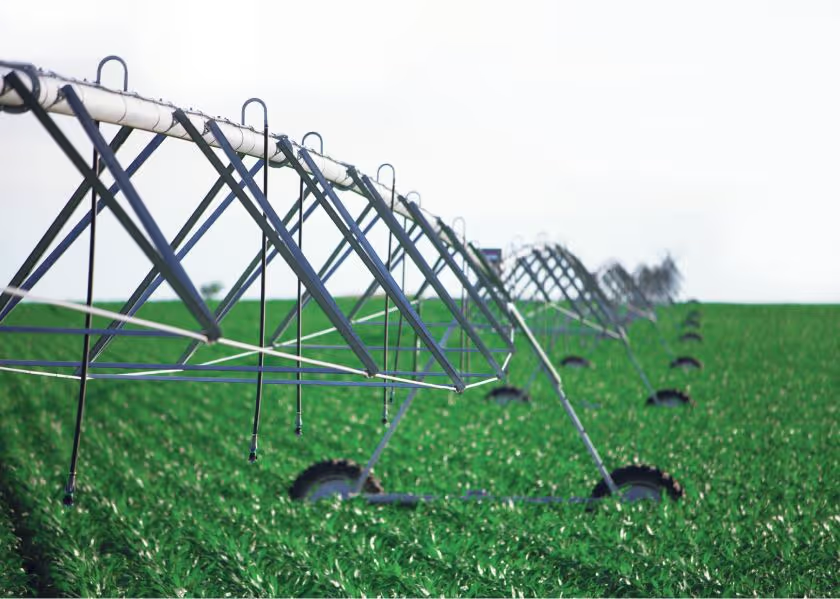
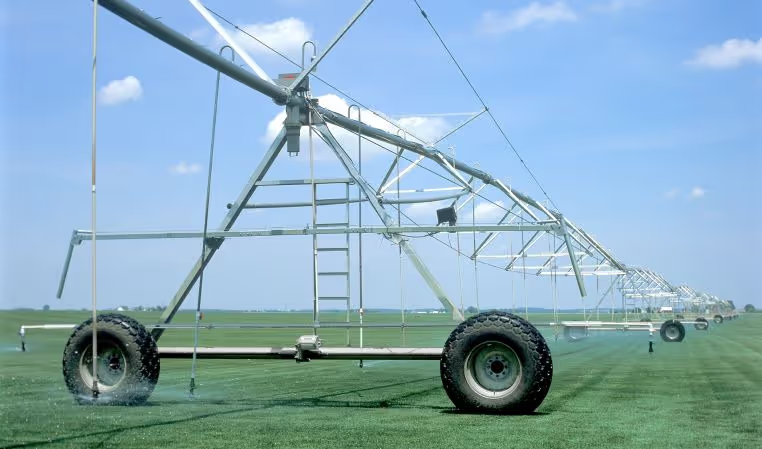
.avif)
.avif)
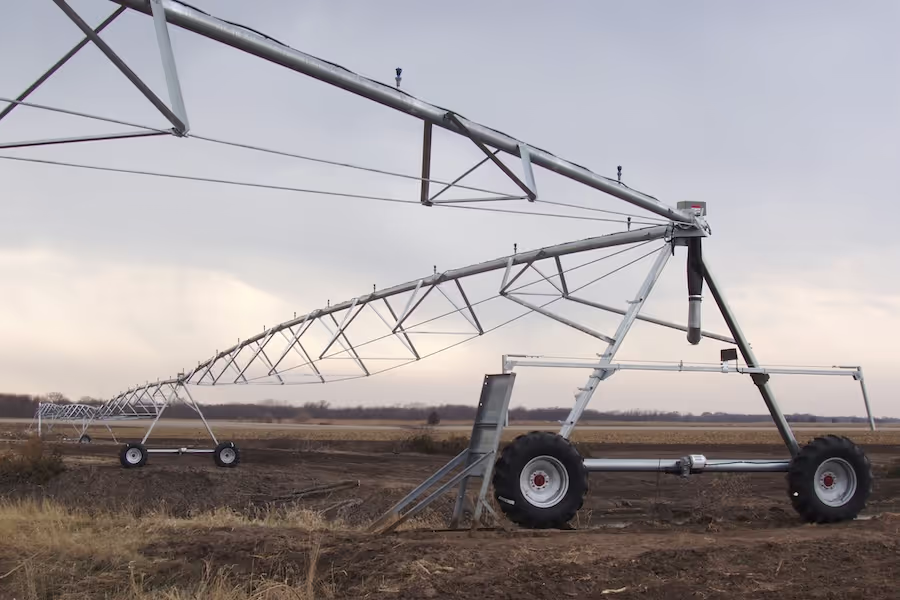


.avif)
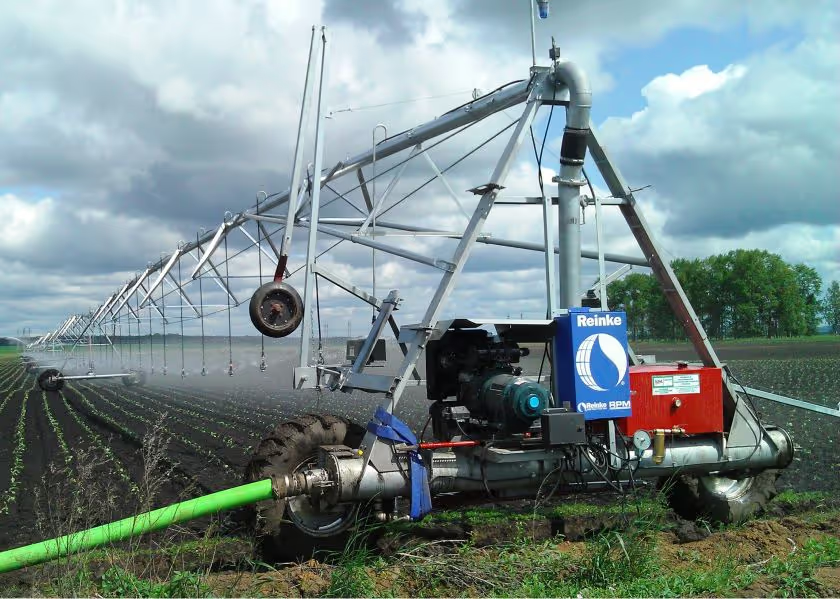
.avif)
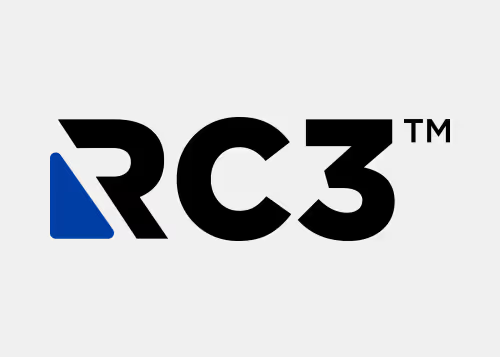
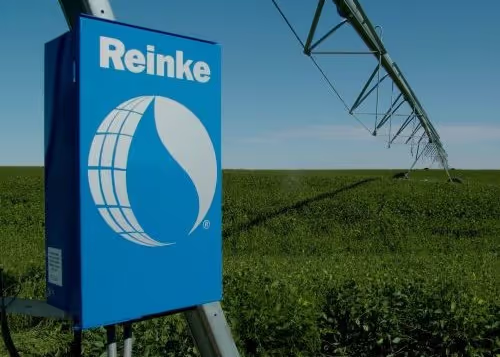
.avif)
.avif)


